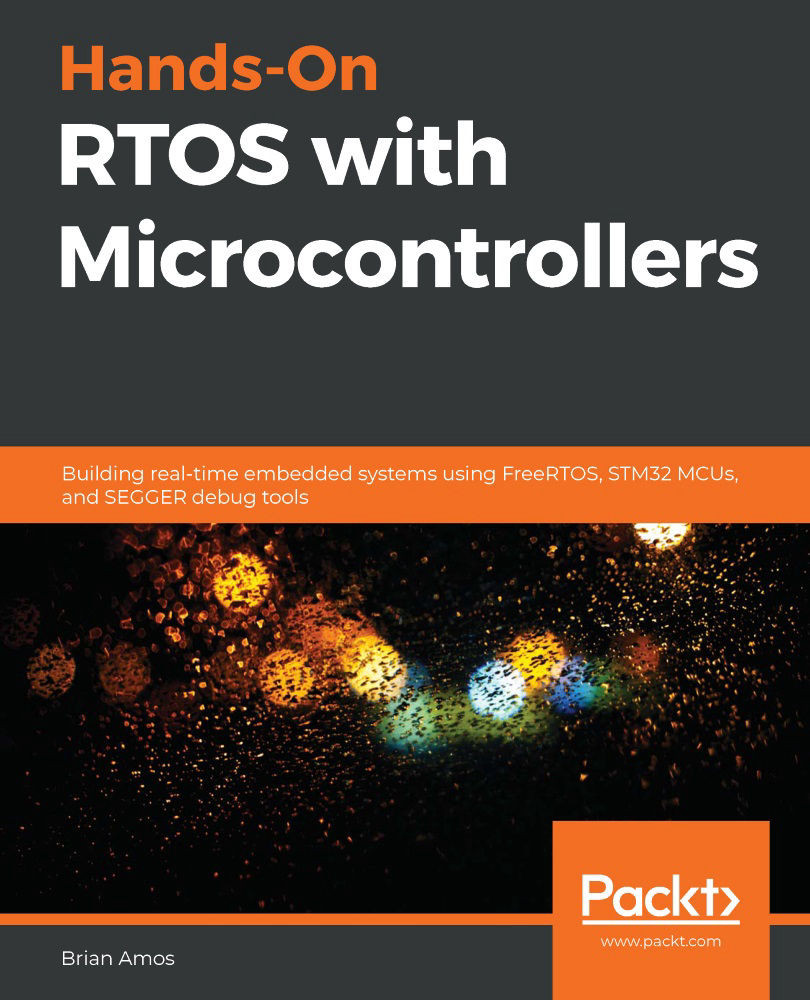Real-time systems come in a wide variety of implementations and use cases. This book focuses on how to use a real-time OS (RTOS) to create real-time applications on a microcontroller unit (MCU).
In this chapter, we'll start with an overview of what an RTOS is and get an idea of the wide range of systems that can have real-time requirements. From there, we'll look at some of the different ways of achieving real-time performance, along with an overview of the types of systems (such as hardware, firmware, and software) that may be used. We'll wrap up by discussing when it is advisable to use an RTOS in an MCU application and when it might not be necessary at all.
In a nutshell, we will cover the following topics in this chapter:
- What is "real-time" anyway?
- Defining RTOS
- Deciding when to use an RTOS


